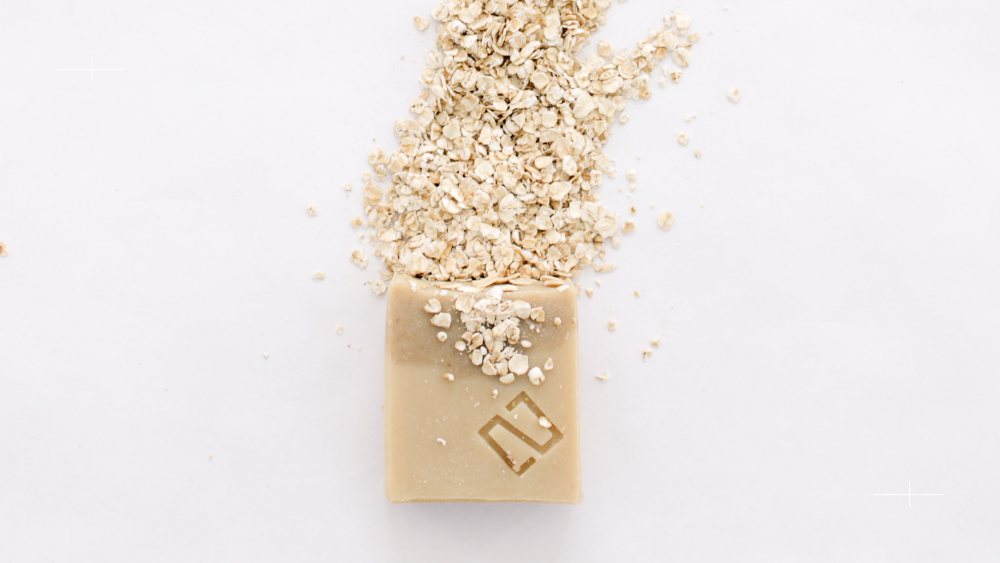Gluten can’t cause damage to the small intestine when it’s absorbed through the skin. If you have coeliac disease or dermatitis herpetiformis, you don’t need to worry about gluten in cosmetics or medicines that are topically applied (to the skin, hair, nails, etc).
Rarely, gluten/wheat may cause skin irritation
Some people with coeliac disease report skin reactions to topically applied gluten. This is not thought to be related to coeliac disease specifically. If you experience skin irritations to cosmetic products, it’s best to chat to your GP, as you may be sensitive to other components in the product or have a co-existing wheat allergy.
Gluten is unlikely to cause problems when applied to the lips/mouth
Applying gluten-containing cosmetics to your lips, such as lipstick or lip balm, is unlikely to trigger a reaction due to the small amount of product swallowed. The same goes for toothpaste, mouthwash and dental products – although because it’s possible to swallow more of these products, you may prefer to use gluten-free versions.
Skincare & young children
Gluten may be present in shampoo, conditioner, body wash and bubble bath. Some young children drink their bath water, which is unlikely to be an issue; however, if your child remains symptomatic on a gluten-free diet or their tTGA antibodies remain high, you might like to try switching to gluten-free bath products instead. Washing your child’s hair in the shower may also be a suitable option, as it’s often easier to rinse the product away without contact with the mouth. Note that plain bar soaps are less likely to contain gluten than body washes.
Identifying gluten on cosmetics labels
Skincare/cosmetics sold in New Zealand must comply with the Cosmetic Product Group Standard 2006, which is published by the Environment Protection Authority. According to this standard, allergens such as gluten don’t need to be declared on product labels, but a full list of ingredients must be present.
Wheat and oats are the gluten-containing cereals most commonly used in cosmetics; barley is found less frequently and rye is rarely used. Cosmetics ingredients are often listed in Latin, following the standardised International Nomenclature of Cosmetic Ingredients (INCI). For example:
- Wheat ingredients will be listed as ‘wheat’ or ‘Triticum vulgare’.
- Oat ingredients will be listed as ‘oat’ or ‘Avena sativa’.
- Rye ingredients will be listed as ‘rye’ or ‘Secale cereale’.
- Barley ingredients will be listed as ‘barley’ or ‘Hordeum vulgare’.
Unlike with food products, the source of an ingredient doesn’t have to be declared. For example, vitamin E is commonly made from wheat, but only ‘vitamin E’ may appear on the ingredient list. ‘Hydrolysed vegetable protein’ may appear as an ingredient with no indication as to whether it’s from a gluten-containing grain.
Some cosmetics manufacturers will place a ‘free from’ claim or ‘contains’ statement on their packaging or website to assist you. If they don’t, the only way to be certain whether their product contains gluten or not is to contact them directly.
To learn more about this topic, or to talk about living a gluten-free life in general, feel free to book a consultation with me – or simply get in touch.
You can also join my email list and receive my latest articles, updates & advice delivered straight to your inbox. (I send one email per month, tops).

